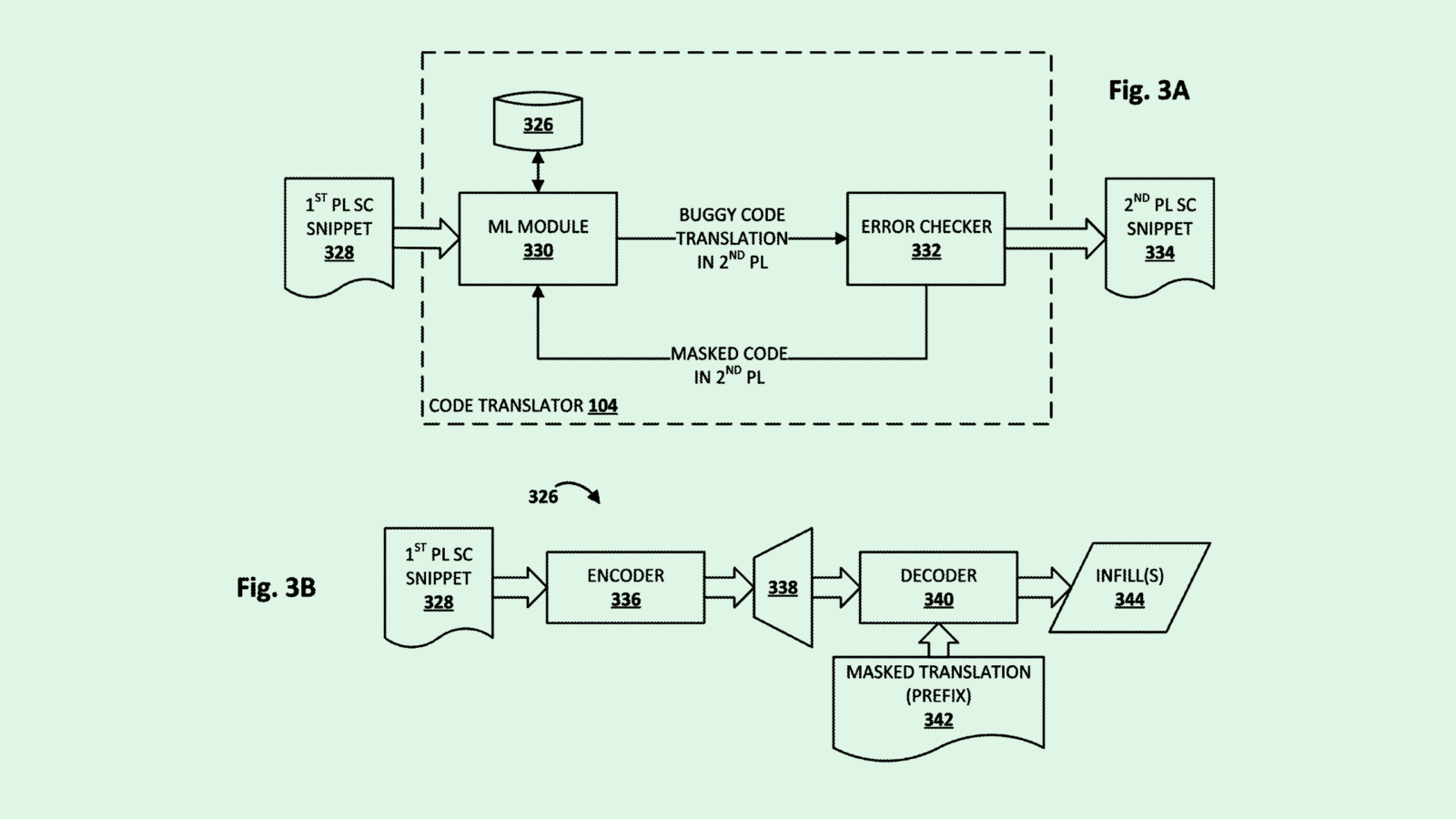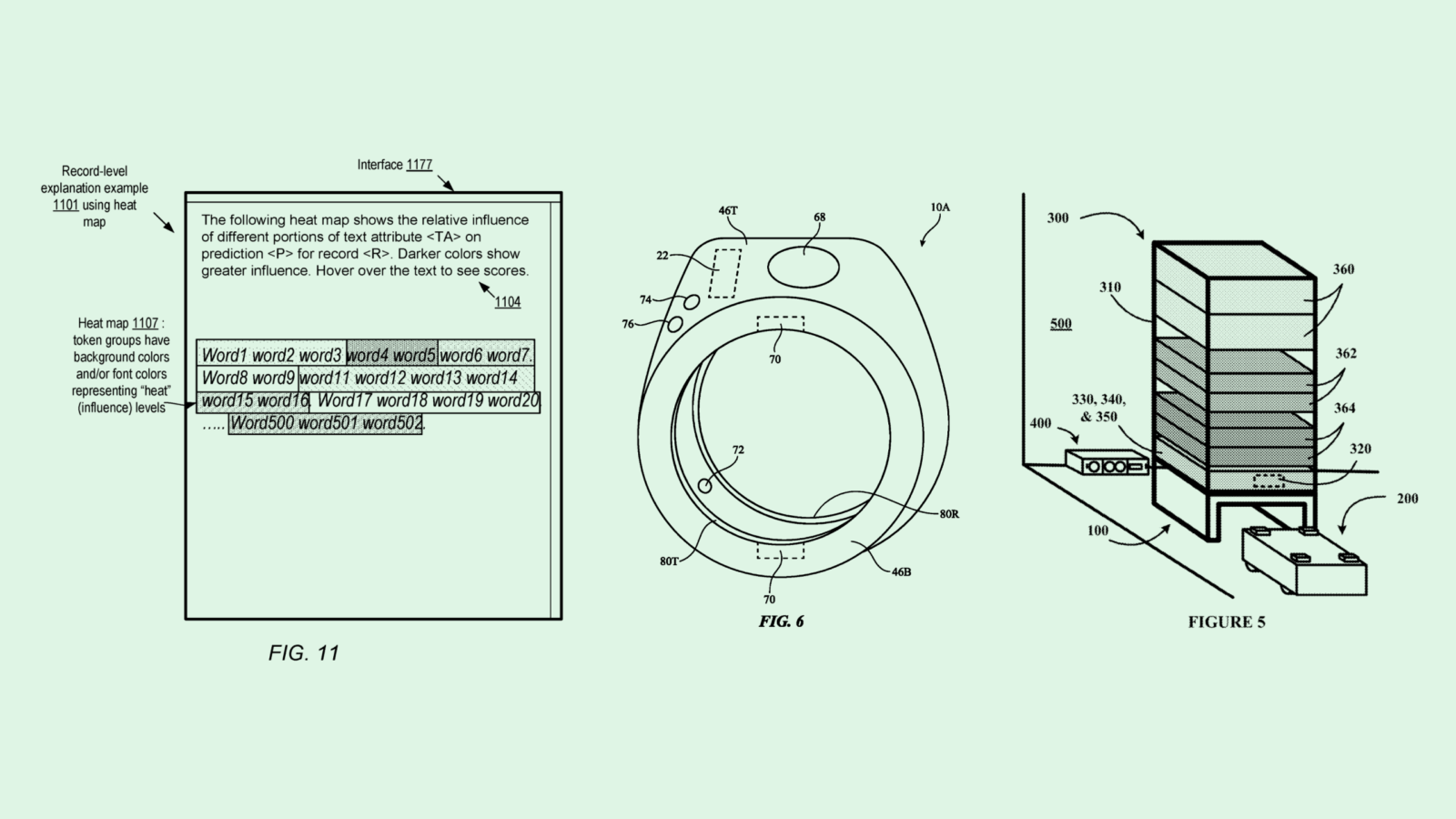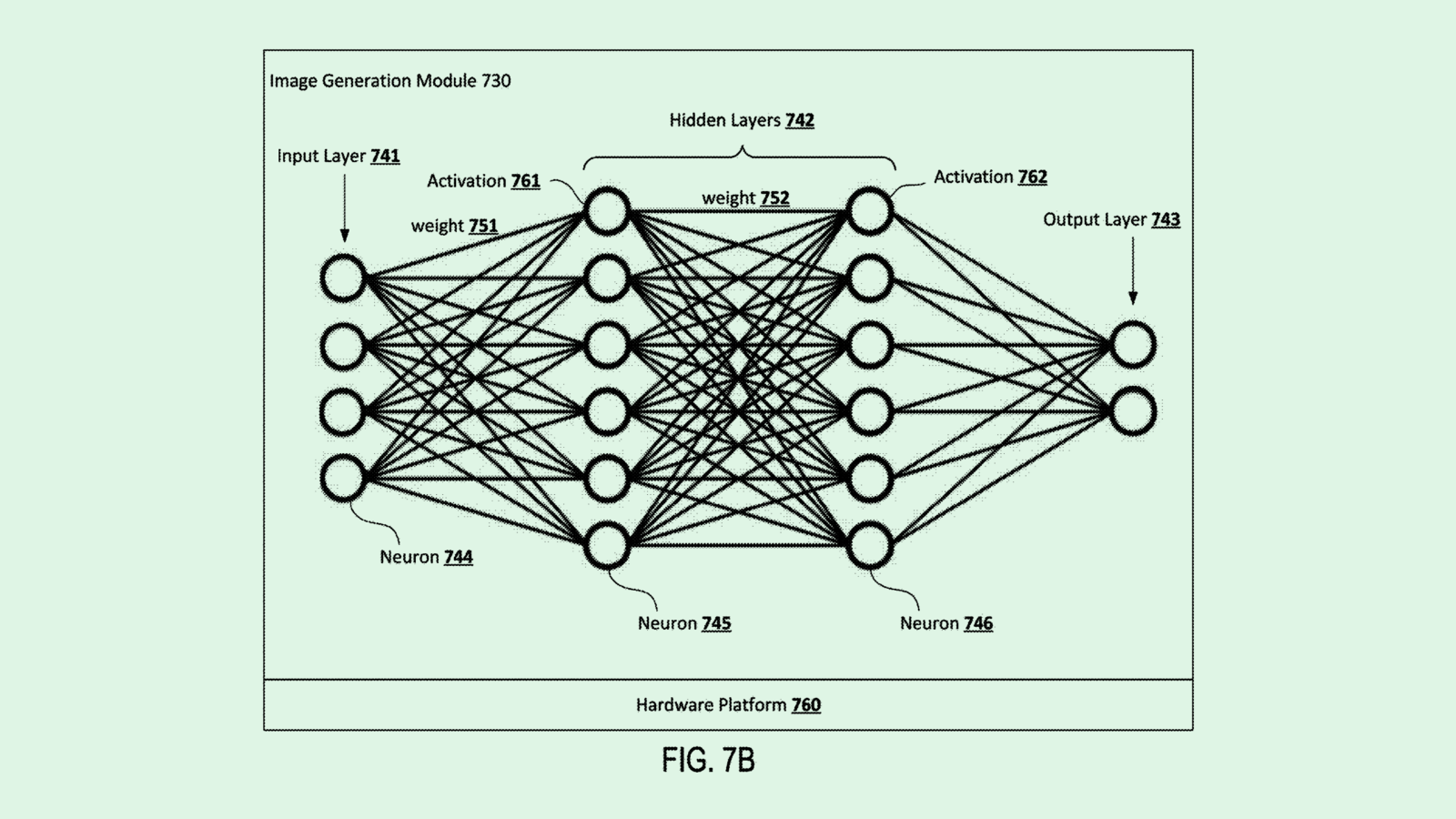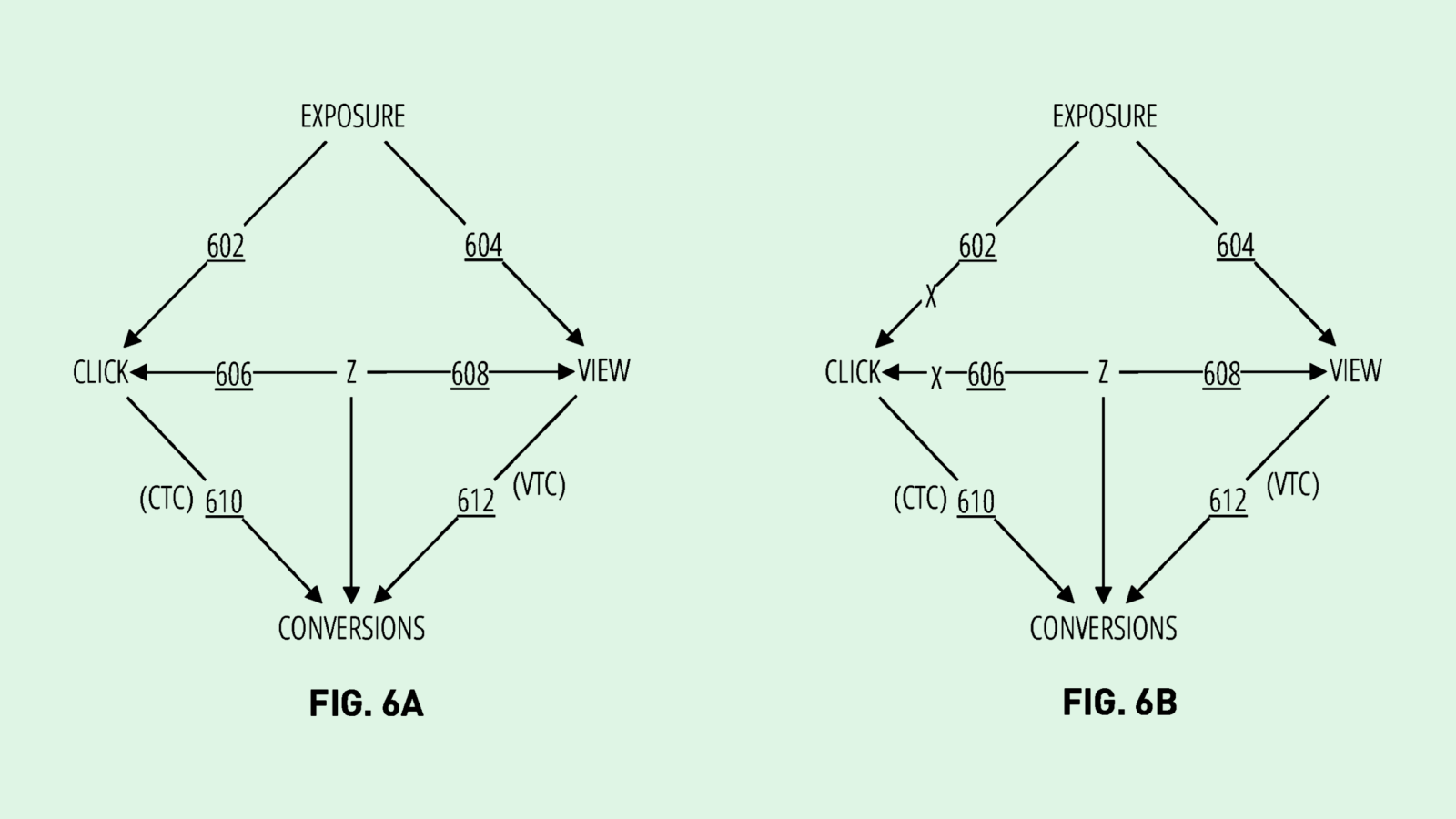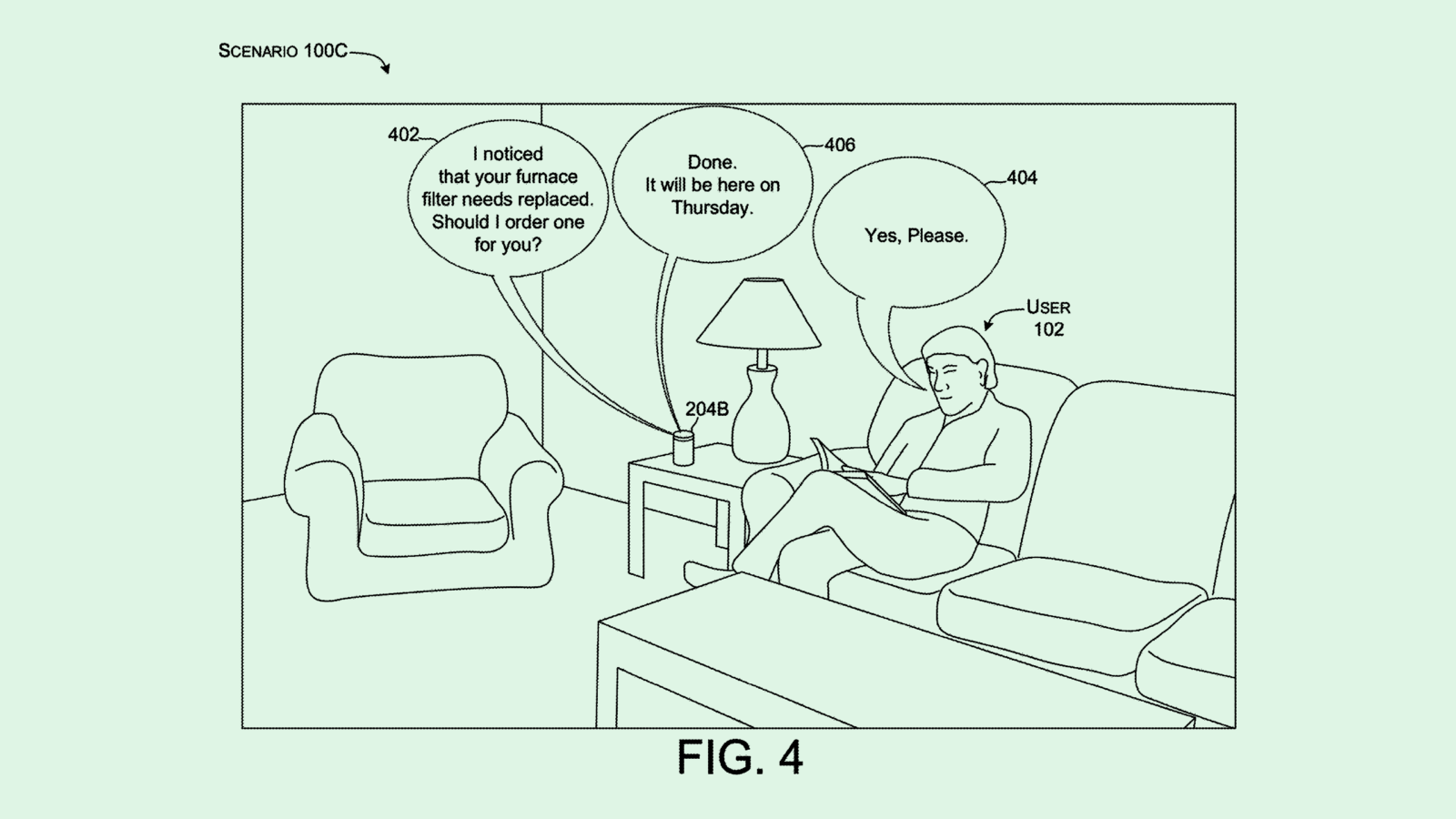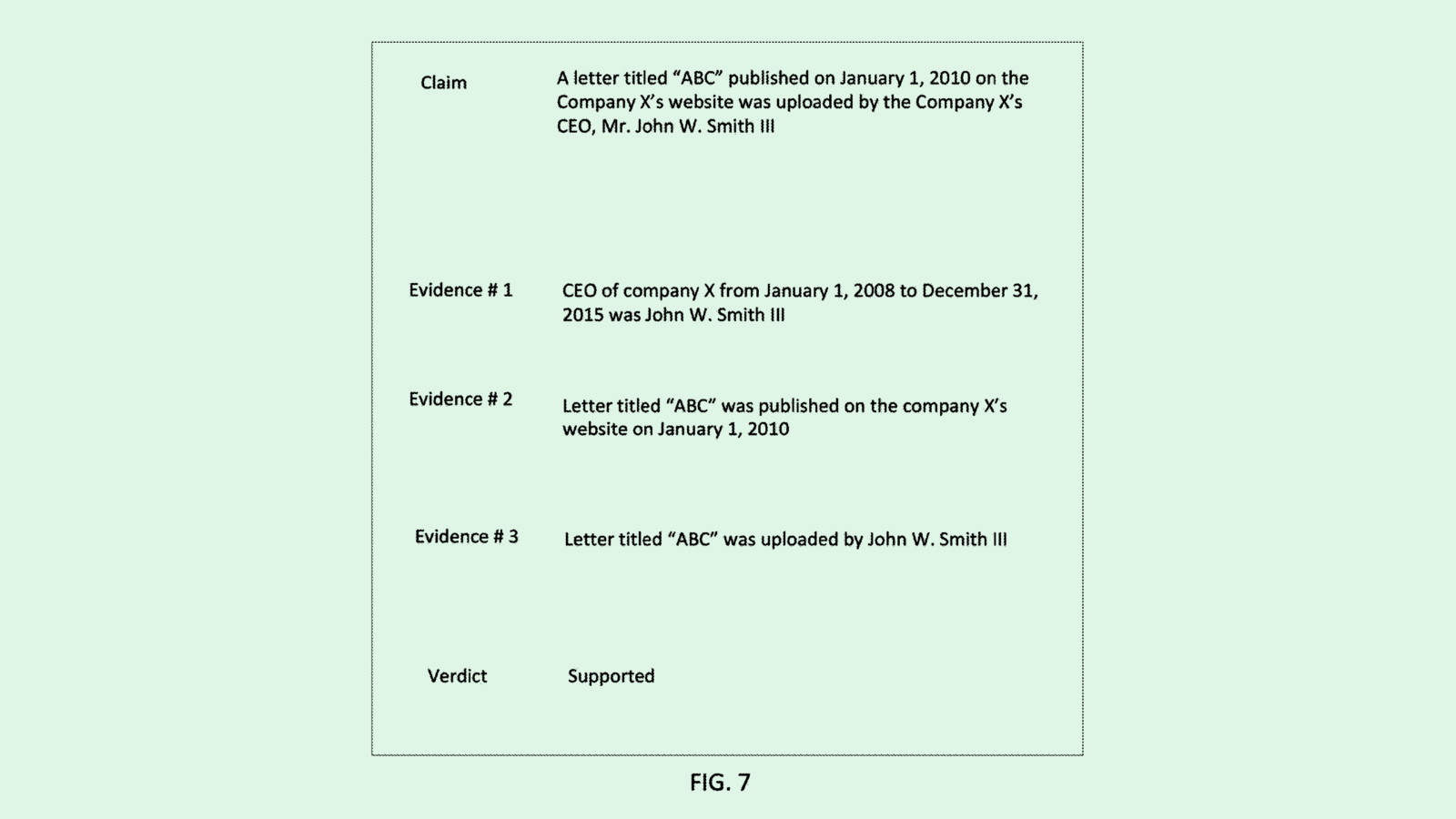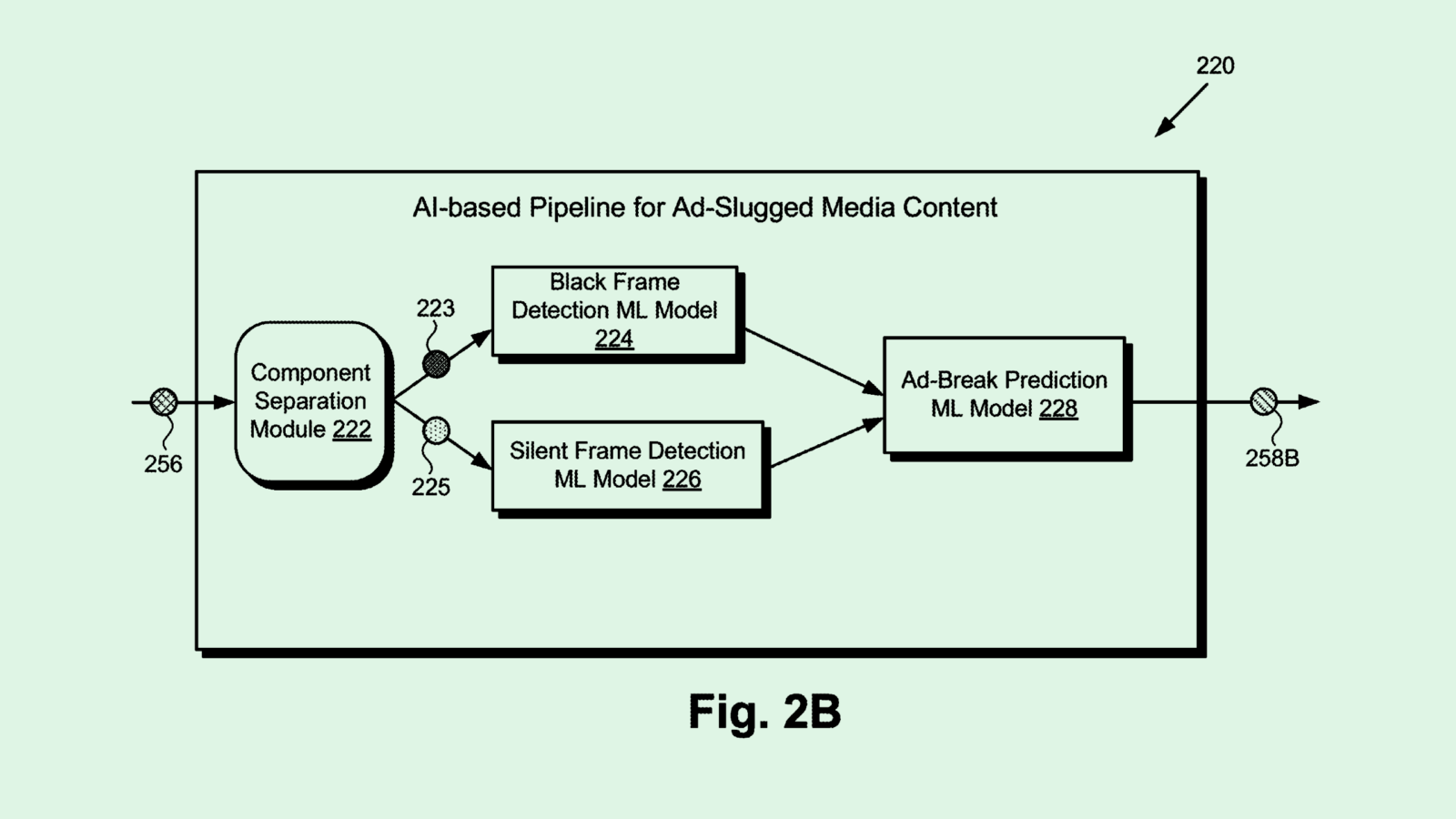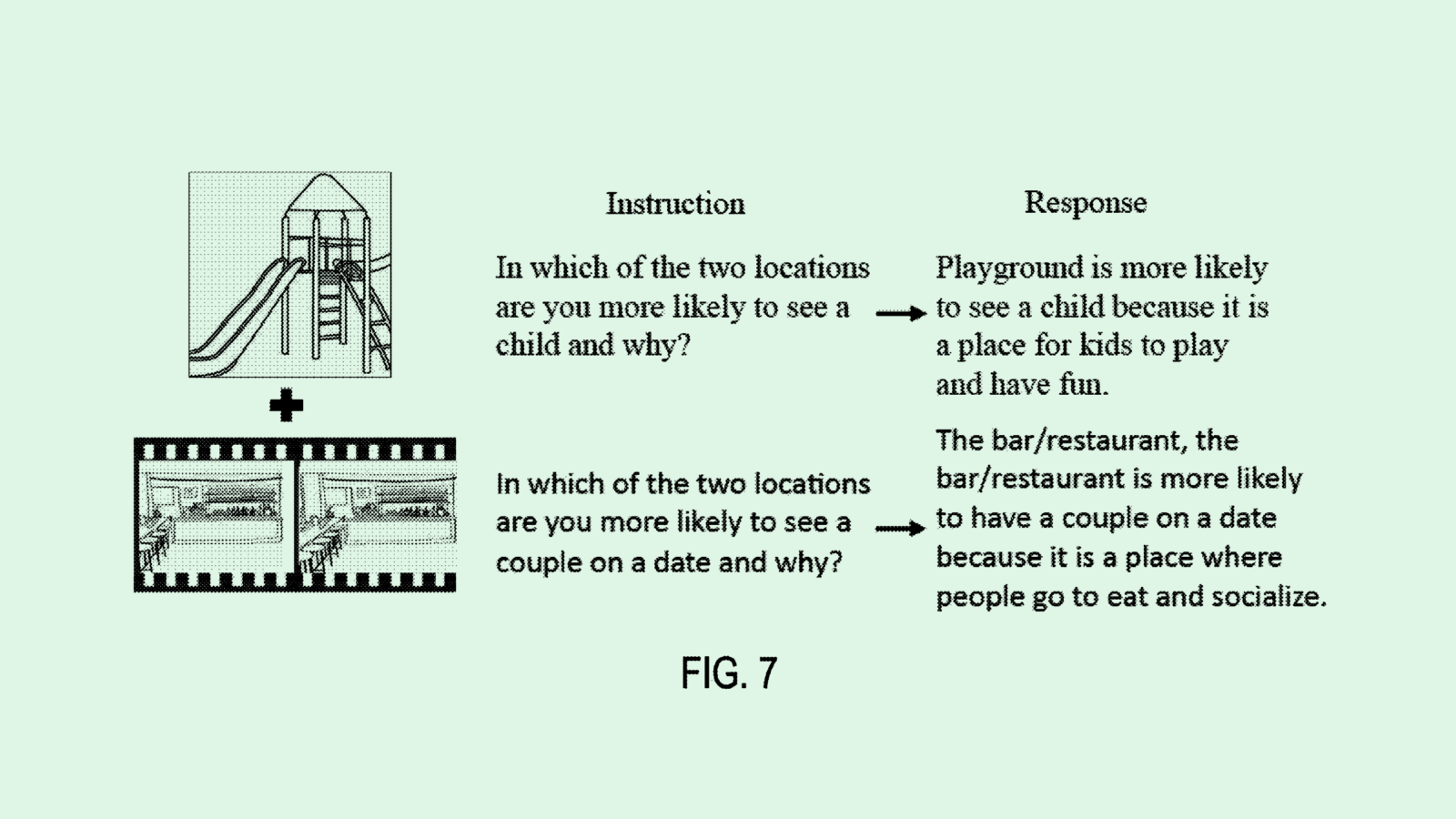Patent Drop
In-depth analysis and disruptive technology with a unique and exclusive lens at the earliest stage of innovation. Read by builders and investors in the future of technology.
-
Google Patent Highlights AI and Quantum’s Symbiotic Relationship

Photo via U.S. Patent and Trademark Office -
The Time and Place for AI Code Generators

Photo via U.S. Patent and Trademark Office -
Into the Future: The Patent Drop Highlight Reel

Photo via U.S. Patent and Trademark Office -
Amazon Tries to Help Alexa Get Personal

Photo via U.S. Patent and Trademark Office -
Microsoft’s Cybersecurity Strength Could Boost AI Bet

Photo via U.S. Patent and Trademark Office -
Why Salesforce Might Be Eying AI Image Generation

Photo via U.S. Patent and Trademark Office -
As Cars Get Smarter, Personalization Presents Privacy Problems

Photo via U.S. Patent and Trademark Office -
Nvidia May Take Humans out of the Data Center Equation

Photo via U.S. Patent and Trademark Office -
Google May Be Giving Glasses Another Go. Will It Succeed?

Photo via U.S. Patent and Trademark Office -
Can Microsoft’s Bing — or Anyone Else — Ever Overtake Google?

Photo via U.S. Patent and Trademark Office -
JPMorgan Chase May Use Blockchain to Check Facts

Photo via U.S. Patent and Trademark Office -
Adobe Wants to Fix When AI Starts to Drift

Photo via U.S. Patent and Trademark Office -
Ford EV Slowdown Signals a Market “Inflection Point”

Photo via U.S. Patent and Trademark Office -
Disney Doesn’t Want to be Left Behind in AI

Photo via U.S. Patent and Trademark Office -
Salesforce Wants an AI That Can do it All

Photo via U.S. Patent and Trademark Office -
Oracle’s Cloud Business is Along for the AI Ride

Photo via U.S. Patent and Trademark Office -
IBM May Pay Closer Attention to AI Risk Amid Model Boom

Photo via U.S. Patent and Trademark Office
